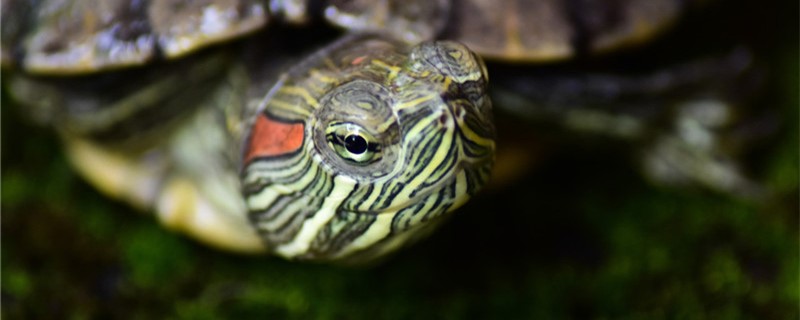
The Brazilian tortoise is a relatively common species. They originated in the United States and Mexico, and later they were distributed in various States, with a wider range of distribution, and the Brazilian turtle species in China were introduced from Hong Kong at the beginning. The Brazilian tortoise is definitely not to be set free. Their characteristics are very obvious. Their size is relatively large, relatively complex diet, all kinds of food can be eaten; Moreover, their adaptability is very strong, even if they live in the wild, they are not easy to die; More importantly, their reproductive capacity is very strong, reproductive speed is very fast; They have strong disease resistance, are not easy to get sick, and thus have a longer life span.
All these characteristics determine that they cannot be released. If released into the wild, there will generally be no natural enemies, and after a certain period of time, their population will increase in a large area, seriously affecting the survival of other species, especially some other native turtle species. At present, the Brazilian turtle has been listed as one of the 100 most harmful invasive species in the world.
As mentioned above, the Brazilian tortoise must not be released. Brazilian tortoises are suitable as pets, if they are bred, do not abandon them at will. Sometimes some people will want to do good deeds by releasing creatures, but it is best not to choose the Brazilian turtle, even if you want to release the Brazilian turtle, you can choose the ecological pool in the temple, this will not cause damage to the ecosystem, must not casually find a place in nature to release. If you encounter Brazilian turtles in the natural environment at ordinary times, it is best to inform the relevant departments in time to avoid them endangering the local ecological environment.